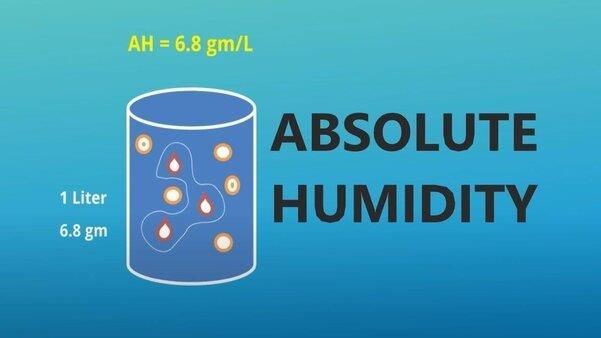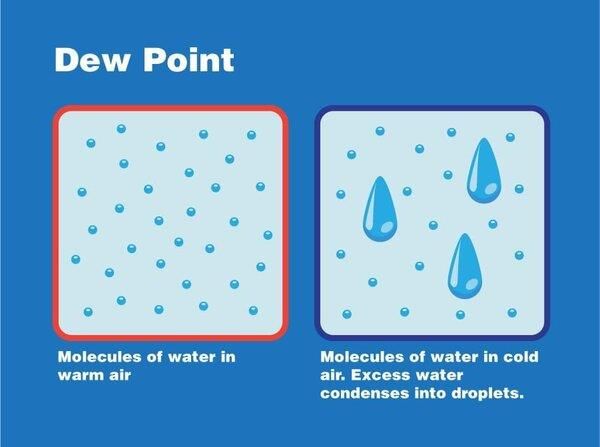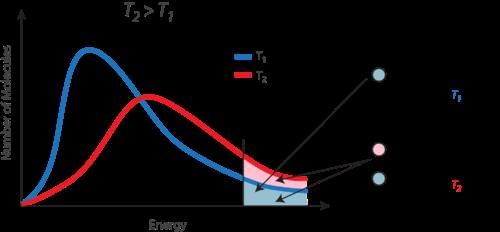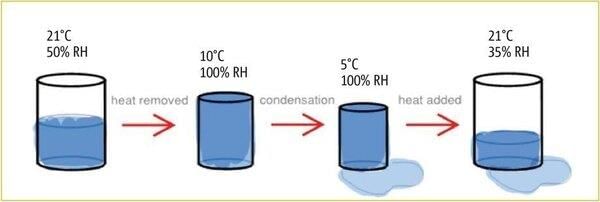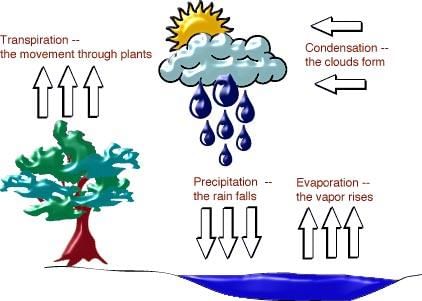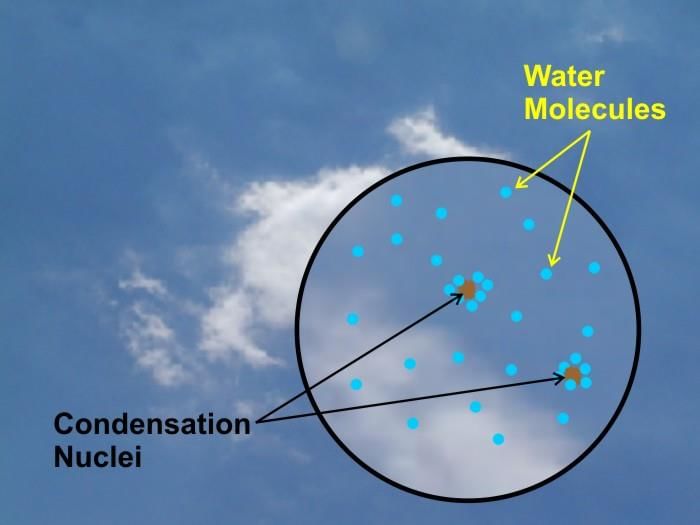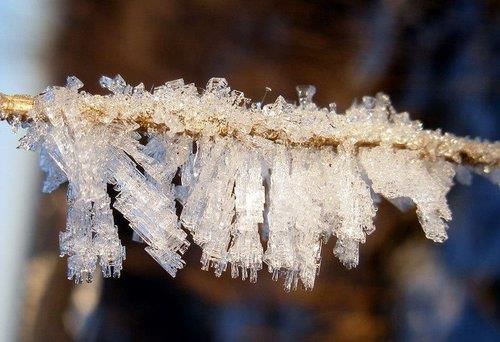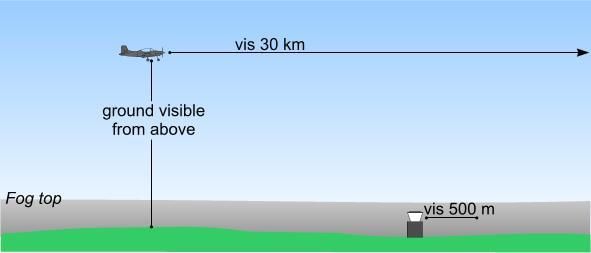|
True or False: The absolute humidity is defined as the percentage of moisture present in the atmosphere compared to its full capacity. |
Card: 1 / 26 |
|
What is the term for the temperature at which air becomes saturated with moisture? |
Card: 3 / 26 |
|
What happens to water vapor when moist air is cooled beyond its capacity to hold it? |
Card: 13 / 26 |
 Unlock all Flashcards with EduRev Infinity Plan Starting from @ ₹99 only
|
|
Fill in the blank: Condensation results from the cooling of air around small particles known as ___ nuclei. |
Card: 15 / 26 |
|
True or False: Dew can form on surfaces when the temperature is below freezing. |
Card: 17 / 26 |
|
False. Dew cannot form below freezing; it forms when the temperature is above freezing. 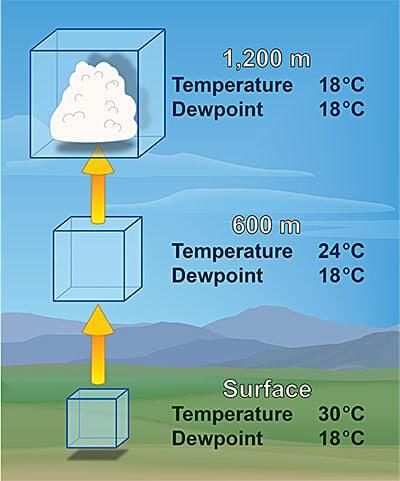 |
Card: 18 / 26 |
|
Fog is described as a cloud with its base at or very near to the ___ and can lead to ___ visibility. |
Card: 21 / 26 |
|
Fog is more prevalent where warm currents of air come in contact with ___ currents. |
Card: 23 / 26 |
|
Smog is a mixture of fog and smoke, formed when fog is mixed with smoke in urban and industrial areas, where smoke provides nuclei for condensation. 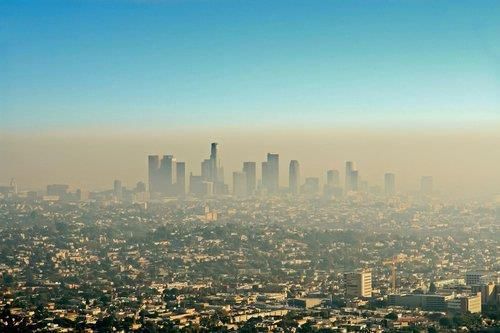 |
Card: 26 / 26 |





